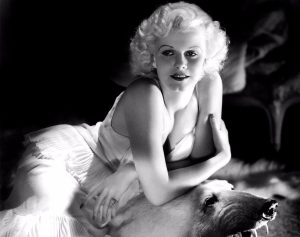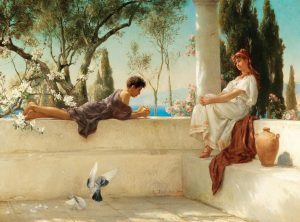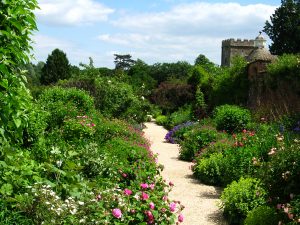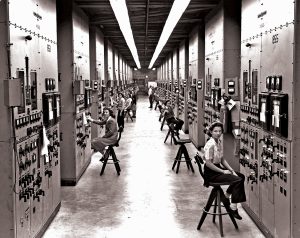
News
Stories
The War Diaries: Veterans and Generals
This idea of the great general who could command and solve every issue through the use of force is perhaps something well suited for ancient history.
Read More
News
Stories
Timeless Aesthetics of the 1930s Socialite
From lavish soirées to extravagant shopping sprees, the 1930s socialite epitomized the pinnacle of high society glamour and opulence.
Read More
News
Stories
Otium: Exploring Leisure in Roman Villa Culture
The Roman villa was one of the most intriguing aspects of ancient Roman daily life.
Read More
News
Stories
Scent and Sensibility: Fragrance in 18th Century Garden Culture
On the subject of the grand tapestry of garden design, fragrance weaves an intricate thread, infusing spaces with allure, symbolism, and sensory delight.
Read More
News
Stories
Mastering Secrecy: Inside the Manhattan Project’s Classified Operations and Espionage
During World War II, amidst the tumult of global conflict, the Manhattan Project was one of the most secretive undertakings.
Read More